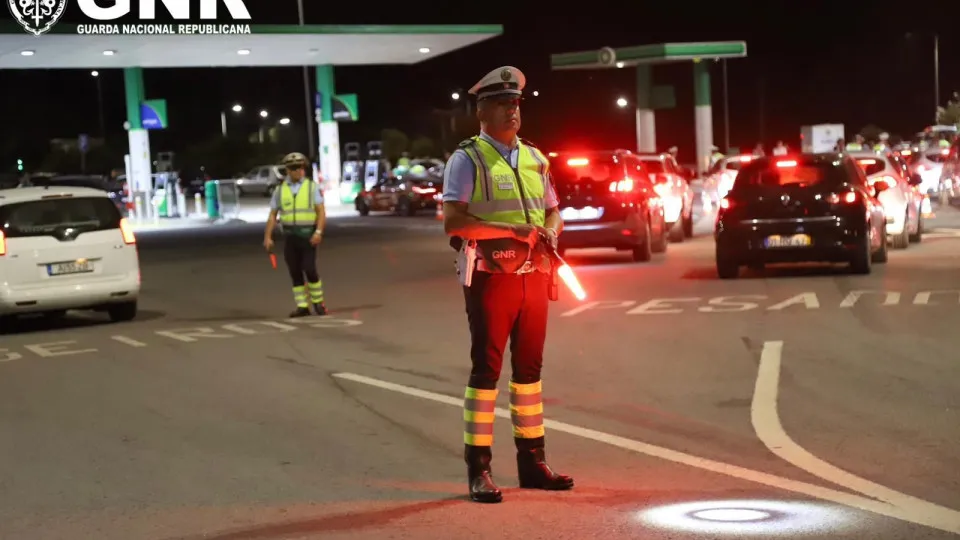
According to the Internal Security System (SSI), the new European automated border control system, the Entry/Exit System (EES), “applies to all non-European Union citizens entering the territory for short stays (up to 90 days within a 180-day period), regardless of visa requirements.”
Among the changes in border control are “the electronic registration of the entry and exit of travelers from third countries, including the date, time, and border post,” eliminating manual passport stamping.
The system, which will operate at airports and ports, also enables the “automatic detection of overstays in the Schengen area” and interoperability with “other European databases.”
According to SSI, the information is shared in real-time with authorities in Schengen countries through a centralized and interoperable system with other European security databases (such as the Schengen Information System (SIS II) and the Visa Information System (VIS)).
“With the EES, Portugal and the European Union will have a digital, secure, and interoperable system that allows for faster detection of false documents, irregular entries, and other security threats, putting the country at the forefront of smart border management, enhancing the protection of external borders as well as the automatic cooperation and data sharing among Member States,” stated Internal Security.
In Portugal, the implementation of the system is ensured by the SSI, in collaboration with the PSP, GNR, ANA – Airports of Portugal, port administrations, and the National Civil Aviation Authority.




